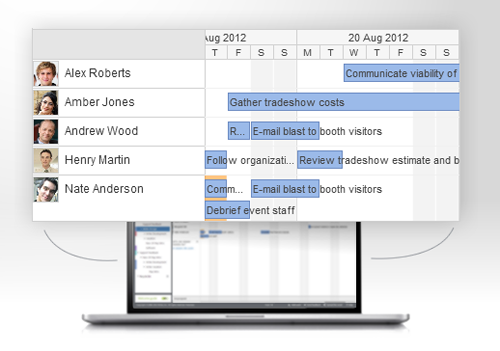JOIN THE DIGITAL CLUB

By 2020, customers will manage 85 percent of their relationship with a company without actually talking to a human (Gartner).
Whether you embrace Gartner's forecast or not, the trend is undeniable. Enterprises are increasingly asking their customers, employees and partners to go online to do just about everything: request services, submit and pay invoices, manage projects, collaborate, schedule, monitor, update and administer.
This has propelled the formerly "back-office" world of corporate applications, tools and utilities into an increasingly front-line role, requiring organizations to change the way they think about the design of (and interaction with) Web experiences.
The Business Necessity of Great Experiences
According to a growing body of data, firms that invest in their customer experiences not only grow faster than their competitors, but also maintain premium pricing, navigate business downturns better and produce greater value for shareholders.
While this customer experience awakening is rapidly transforming the consumer-facing Web, the worlds of business to business and enterprise software remain stubbornly resistant to its benefits.
The business cost of bad software experiences can be substantial, however, and include lower productivity, more calls to technical support, and mounting frustration for clients and partners. It will only get more costly over time, as an ever-growing share of the workday involves logging in to these applications in order to get things done.
The expectations of today's users are being set on the Web by customer-obsessed firms like Amazon, Google, Netflix, Facebook and Apple. Like it or not, these experiences are the new benchmarks for your enterprise software. Here is what your enterprise can do about it right now: -Adjust your priorities. Your enterprise applications are probably in the state they're in because they fall down the priority list every year in favor of sales and marketing projects, or because you've held them to a lower standard. There is only one standard now:
- Audit your current applications to find areas for improvement. Catalog changes and prioritize them based on customer exposure and business impact.
- Put users first. This means getting to know your audience through a combination of interviews, surveys, user testing, etc.
- Understand your place in people's lives. Be realistic. Once you understand the discrete and limited role many of your applications play in a customer's workday, you can design the "just-right" experience.
- Take your design cues from leading consumer experiences rather than software vendors.
How will you know when you are getting it right? When your experiences are so good that people prefer using them to what they are doing now.
In a world where business is increasingly conducted online, firms that invest in superior, consistent and thoughtfully designed customer experiences, across every touchpoint and interaction, will progressively be the winners. You may not have planned to be in the Web software business, but we are all in it now. Compete accordingly.
Project Management Solutions for Everyday Digital Enterprise
Discover what Web-based tool is right for your business at wsm.copmgmt2014. In the meantime, check out Wrike (see image), which offers intuitive interface workload management features, real-time activity streams, time tracking and more.

Scott McDonald is co-founder and managing director of Modus Associates, a digital strategy and design consultancy based in New York City.

Subscribe to Our Newsletter!
Latest in Marketing








